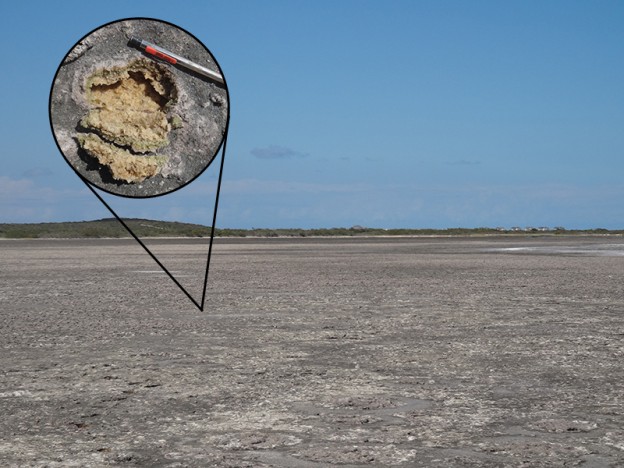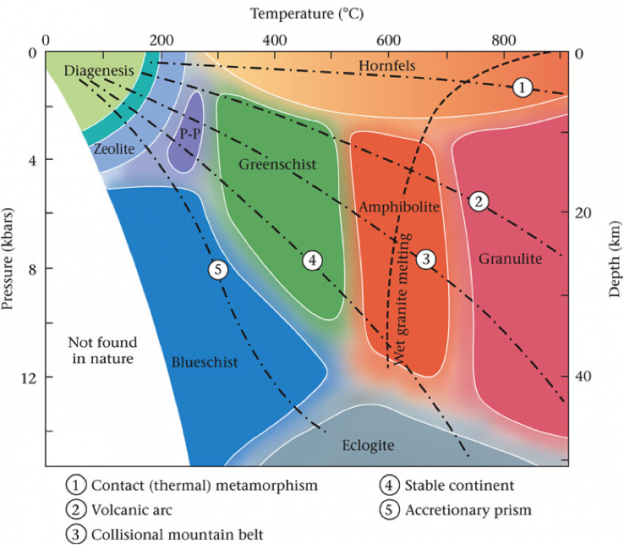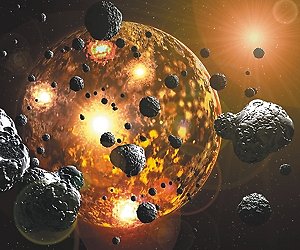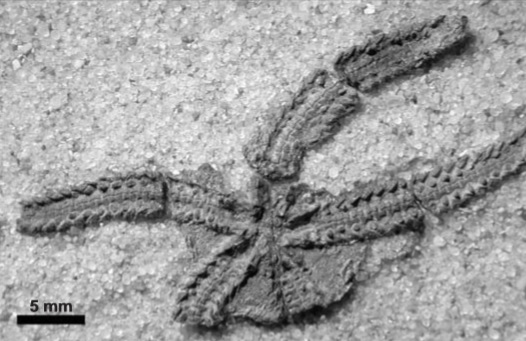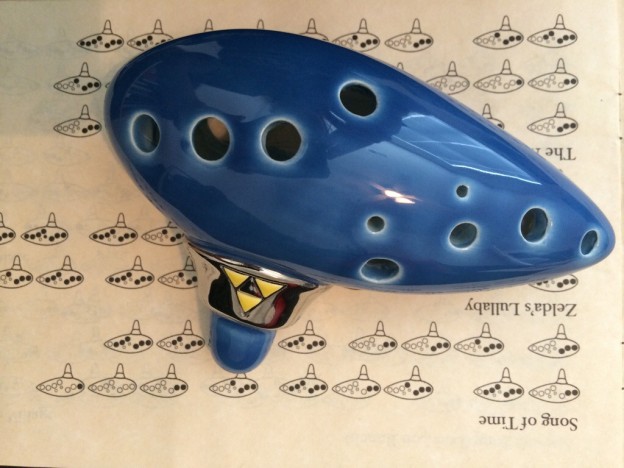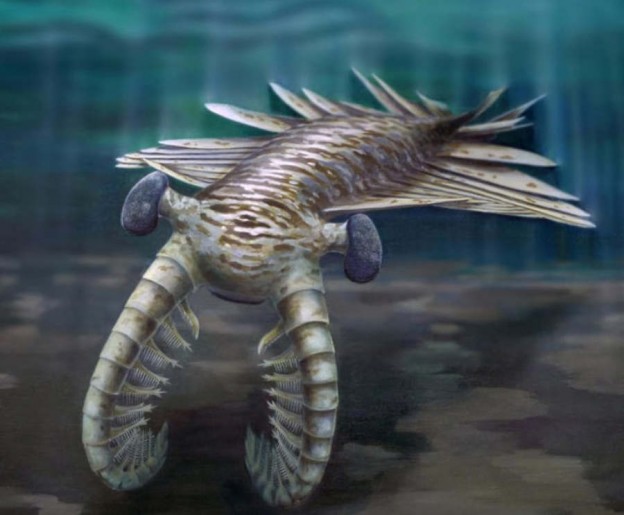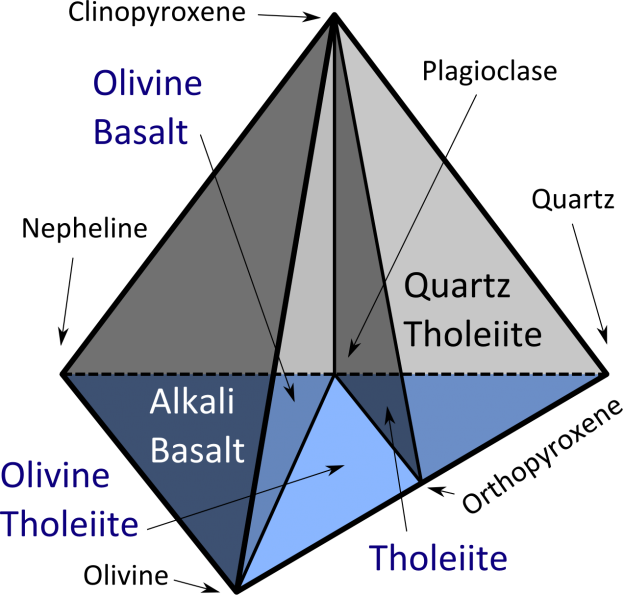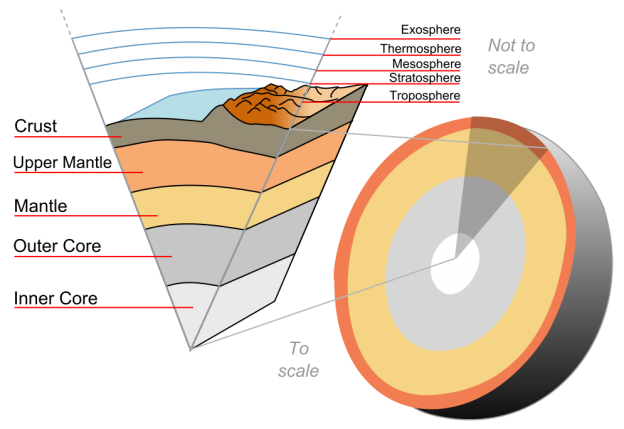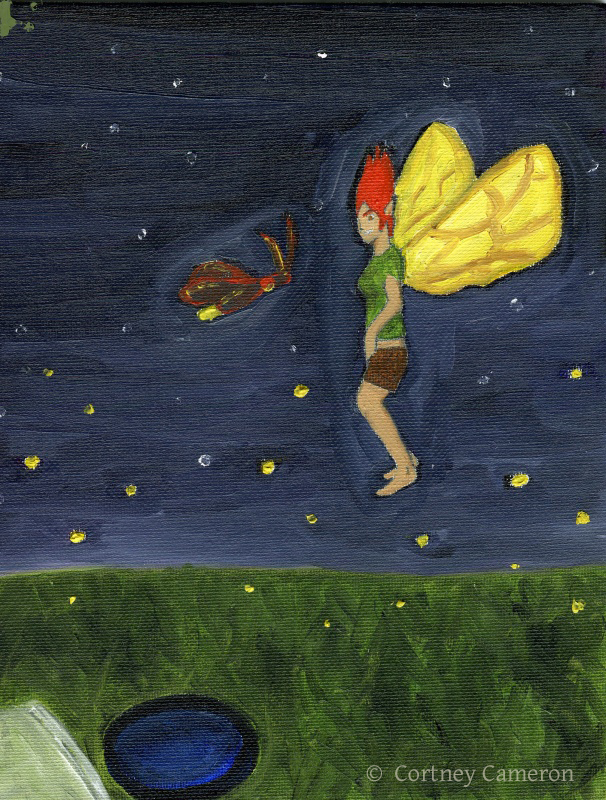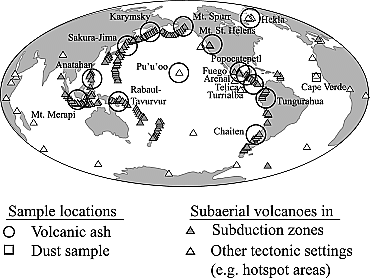Salts form 3.5% (more commonly stated as 35 ppt) of seawater by mass. If you evaporate seawater, the following minerals precipitate out in this order (the reverse of their solubility):
1) Calcite (CaCO3)
2) Gypsum (CaSO4 * 2H2O)
3) Halite (NaCl)
4) Sylvite (KCl)
You can remember the order because it's alphabetical!
Read more

